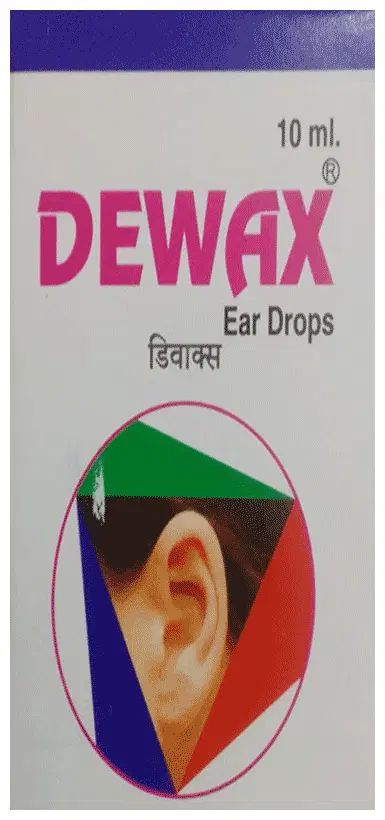Paradichlorobenzene, Chlorbutol, Turpentine Oil, Lidocaine
Paradichlorobenzene is an organochlorine compound primarily used as a moth repellant in household products. It is also employed in some pharmaceutical applications, such as topical ointments, due to its antiseptic and fungicidal properties. Its use is limited due to the potential for respiratory irritation and other health concerns.
Chlorbutol, or 4-chlorobutanol, is an organic chemical compound belonging to the alcohol group. It has been used as an intermediate in the synthesis of drugs and pesticides. However, the use of chlorbutol in medicine has declined due to environmental and safety concerns.
Turpentine oil, derived from the resin of pine trees, is traditionally used as a solvent in artistic applications, such as oil painting. Additionally, it has been employed as a disinfectant and decongestant in traditional medicine. However, turpentine oil is not recommended for internal use due to potential health risks, including gastrointestinal distress and liver damage.
Lidocaine is a local anesthetic used to numb specific areas of the body, primarily for medical procedures involving pain or discomfort. It is available in various forms, such as topical creams, ointments, and injections, and is commonly used for dental treatments, dermatological procedures, and cardiac surgeries. Lidocaine is generally well-tolerated, but proper dosage and administration are critical to avoid adverse effects, such as excessive numbness or allergic reactions.

Showing all 4 results
Showing all 4 results


